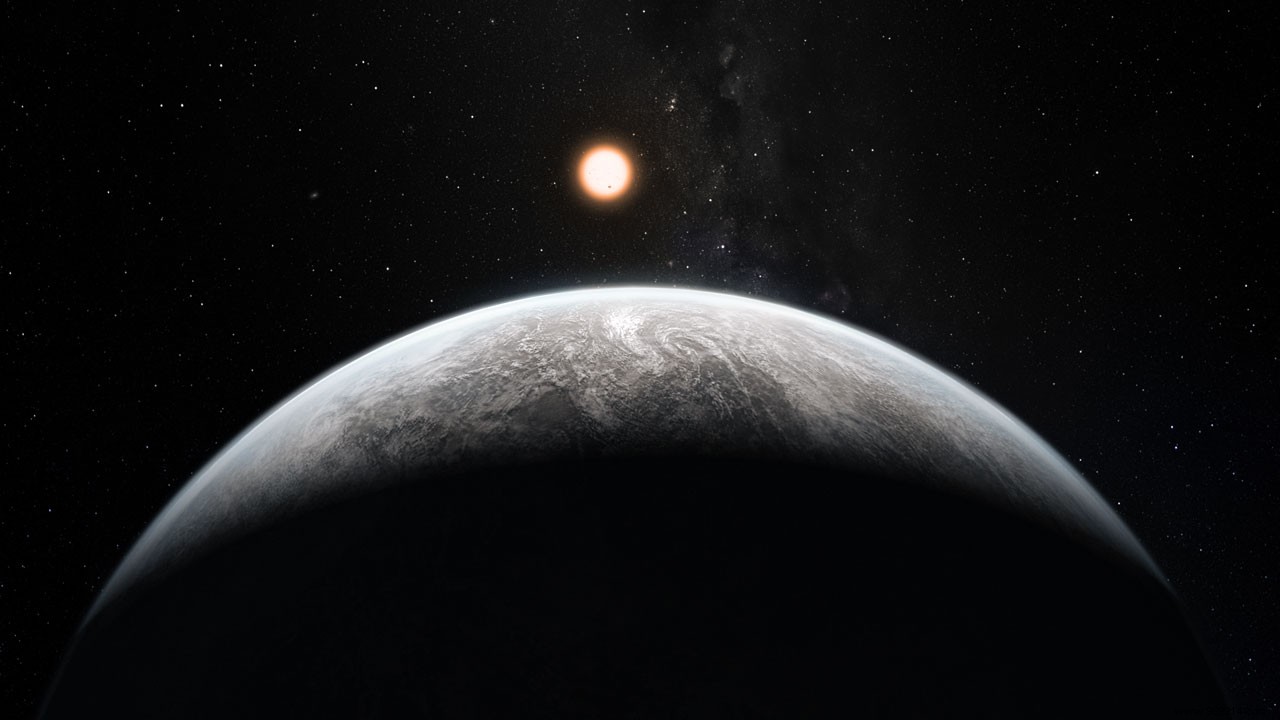A team of astronomers reports the detection of two new planets orbiting the Sun-like star HD 137496. One is classified as a "hot super-Mercury", the other as a "cold Jupiter". The discovery is detailed in an article published on arXiv.org.
The Kepler space telescope, which shut down in October 2018, was responsible for the discovery of thousands of extrasolar planets. Despite this retirement, the observatory's survey work still has some surprises in store for us. A few months ago, astronomers relied on an AI to unearth the presence of more than 350 new worlds evolving in the Milky Way.
More recently, a group of astronomers led by Tomas Silva of the University of Porto, Portugal, reported the detection of two other planets in this same data. The transit signals perceived by the observatory were then confirmed by radial velocity observations from the HARPS and CORALIE spectrographs. Remember that these two methods (that of transit and radial velocity) are at the origin of almost all the discoveries of exoplanets made to date.
These two worlds revolve around a Sun-like star (1.03 solar masses and a radius of about 1.59 solar radius) named HD 137496. It is contrast much younger with an estimated age of only 8.3 billion years . For comparison, the Sun would have formed more than 4.6 billion years ago.
The closest star, designated HD 137496 b, is about 30% larger and four times more massive than Earth. It is mainly composed of iron, the core representing more than 70% of its mass HD 137496 b orbits around its host every 1.62 days, at a distance of about 0.027 Astronomical Unit (AU). Its equilibrium temperature is estimated to be around 2130 K. Given these characteristics, this planet has been classified as a “hot super-Mercury” .
Designated HD 137496 c, the newly discovered second planet has been classified as a "Cold Jupiter" based on its mass (about 7.66 Jupiter masses) and equilibrium temperature (about 370 K). This world evolves in a very eccentric orbit, completing one revolution of its star in 480 days at a distance of 1.21 AU.

Ultimately, astronomers highlight the peculiarity of this planetary system, noting that HD 137496 b is one of the few well-characterized dense planets, while HD 137496 c is a planet with a high eccentricity, which will make them interesting targets for testing planet formation theories .